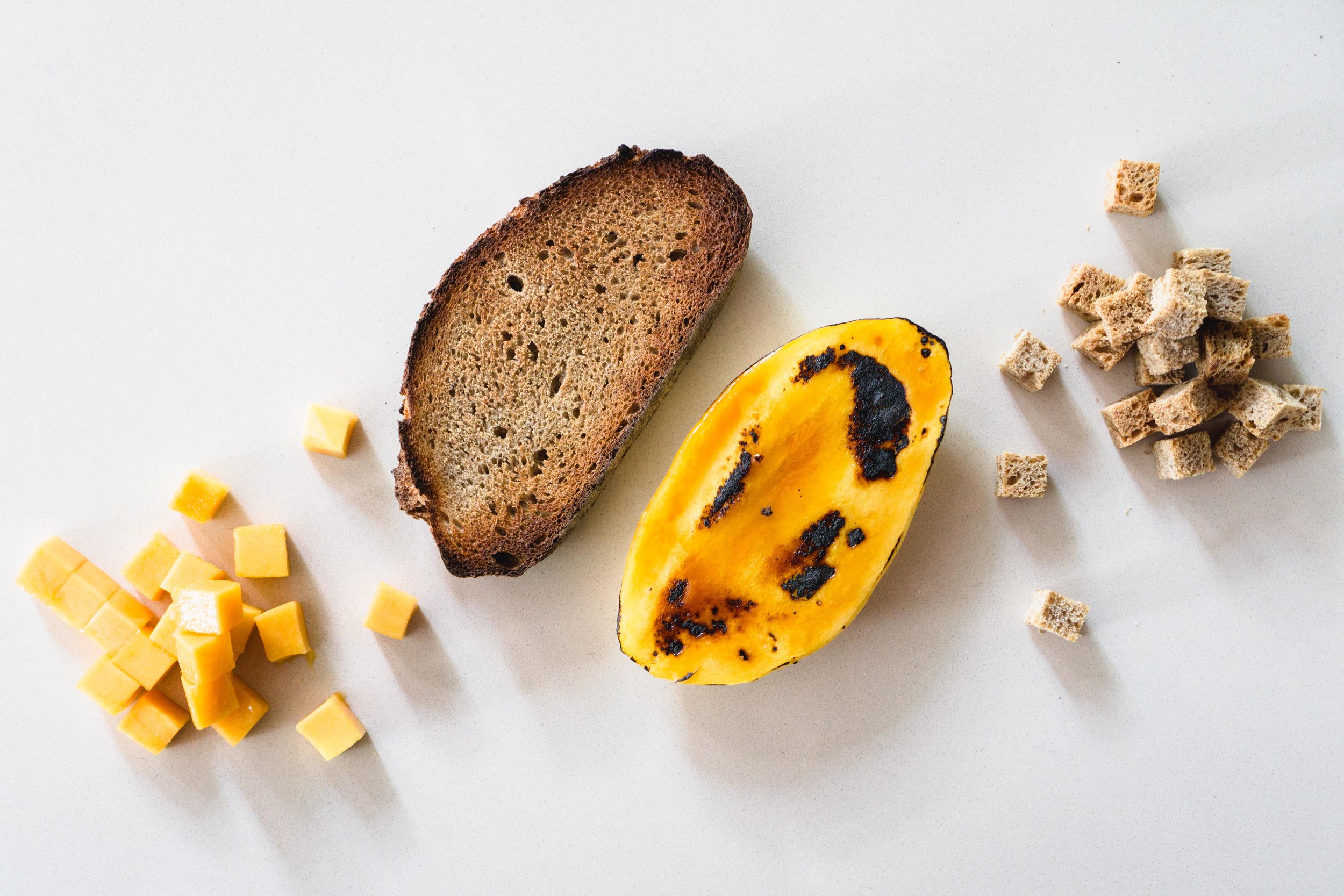The Tartine Thought Experiment
I love a good rebel story. Think Han Solo against the Empire, Robin Hood and his merry band of thieves, and the eponymous rebel – Rebel Wilson, flipping expectations on what a female lead in Hollywood should look like. (Isn’t that the most epic name though?)
In a culinary context too there are plenty of rebels to be found. You’ve got people like Susumu Kakinuma in Tokyo (of Seirinkan and Ugly Delicious fame), challenging the norm that true Neapolitan pizza has to come from Italy, there’s Douglas McMaster of Brighton’s Silo, flipping the classic restaurant model by running a completely zero waste place, and even in Malaysia, you’ve got heretics changing up what our national dish truly is. I mean, is a RM60 nasi lemak served with a grilled and cheesed up lobster really in the spirit of a true nasi lemak, which in all of history has been a cheap, humble dish of and for the Malaysian people? (I don’t think it is, but you gotta love these rebels.)
So by channelling the spirit of these eccentric envelope-pushers, guerrilla gluttoneers, and dish re-definers, this little food blogger thought to challenge one of the simplest concepts out there – open-faced sandwiches (or, if you’re so culinarily inclined, tartines). More dishes than you think fall into this category; you’ve got your basic avocado toast, part of the full English breakfast of ham, eggs and baked beans on a triangular piece of toast, and even cultural variants like Danish smørrebrød and Czech obložené chlebíčky. Even a burger can technically be considered a tartine in the few seconds when a burger-sinner removes the top bun to slather the patty with ketchup.
But what is a tartine, really?
With such a wide range of dishes falling under the category though, what really constitutes a tartine then? The simplest definition I can think of is that it’s stuff on bread. More specifically, the bread has to be on the bottom, and you pile your avocado, lox, pastrami, Kraft slices, burrata, caramelised onions, berries, fruits, flaky salt, or whatever else you fancy on top. But the definition is pretty loose otherwise; it can be simple or extravagant, sweet or savoury, served hot or cold, the bread toasted or untoasted, buttered or not, sauced or non-sauced.
But what if you take that base definition – stuff on bread – and flip it on its head? So, putting bread on stuff instead. Would it still be a tartine? More importantly, would it, and could it taste better than a typical tartine..?
A silly experiment
In the quest for an answer to this, I made two tartines. (Okay, so turns out this isn’t really a thought experiment after all, because I performed a tangible experiment. Ah well, it was worth the alliteration?)
The first tartine was the control – a rye sourdough tartine topped with rosemary-roasted grapes and home-made ricotta, plus a few cubes of mangoes for sweetness. (Something that I’ve always wanted to make, so this was ‘experiment’ the perfect excuse.) I then made the variant. Instead of having a slice of toasted sourdough as a base, I used a mango sliced in half and caramelised to give it that ‘toasted’ look and feel. I then topped it with similar ingredients – ricotta and roasted grapes, but replaced the mango cubes with sourdough croutons. So, bread on stuff, essentially.
The verdict?
You know how there are times when you boldly challenge the rules, thinking you know better, only to fail miserably and sheepishly admit defeat, finally realising why the rules were set in the first place? Well, this was that sort of situation.
Sure, the flavour profile of both ‘tartines’ were similar, but the eating experience was completely bonkers for the flipped one. Because instead of a sturdy base of bread that usually complements whatever toppings you pile on it, here you have a sizeable piece of floppy fruit that is sweet and flavourful on its own, which ends up competing with the other toppings (or should I say, bottom-ings) for flavour points.
So, I don’t think I shook up the status quo in the tartine world at all. Or at least, I still have a long way to go until I do. I could try balancing out the stuff-to-bread ratio, or use a less boldly flavoured fruit, for instance. But that’ll probably take many more experiment, and even then, I doubt the end result would be satisfyingly mind-blowing. So for what it’s worth, this was a fun experiment!
In conclusion, I don’t encourage you to try a flipped tartine, and thus have not included a recipe for it. What I have written down below, however, is a recipe for the original tartine, the one with rosemary-roasted grapes and ricotta. It was my first time making it, but turns out it’s a pretty super tartine — the creamy home-made ricotta was absolutely killer (which btw is pretty easy to make at home), and balanced out the sweet-savouriness of the roasted grapes so surprisingly well!
So if you’re in need of a starting point for building a great tartine, go ahead and try out the recipe, and let your imagination run while from there, swapping out the grapes for berries, using a rye or nut loaf as a base, or maybe even topping it with beet salt! Just remember, whatever you do, put stuff on bread, not bread on stuff.
- - -
Rosemary-Roasted Grape and Ricotta Tartine
Makes 4-5 tartines
Ingredients
Homemade ricotta
1 litre milk (full fat works best)
250ml double/whipping cream
1 teaspoon salt
3 tablespoons lemon juice
Rosemary-roasted grapes
1 bunch (~500g) red grapes
3 rosemary sprigs
1 tablespoon olive oil
1 teaspoon salt
freshly ground black pepper
½ loaf of good sourdough, sliced ½-inch thick
1 mango, peeled and cut into cubes
flaky sea salt
Directions
Ricotta: Place the milk, cream, salt, and lemon juice in a pot, and heat over a medium flame until it starts steaming and becomes curdled. (You’ll see the yellowish whey underneath the cheese curds if you ease the curds aside.) Take the pot off the heat, and strain out the curds into a cheesecloth-lined sieve. Leave it for 1 hour to let the whey drip out, and refrigerate the resulting ricotta.
Roasted grapes: In a bowl, toss the grapes with the olive oil, salt and black pepper. (You could slice each grape in half before seasoning them, which helps them roast faster. But if you like olive-looking grapes like I do, leave them whole.) Spread the seasoned grapes onto a baking tray, place the rosemary sprigs on top of the grapes, and roasted in a 170°C oven for 20-30 minutes.
Assembly: Toast the sourdough in a toaster, or fry it with butter in a pan a la the Chef movie. Then, spread a generous amount of ricotta on the bread, followed by the roasted grapes and mango cubes. Finally, top it with sea salt, and serve.






